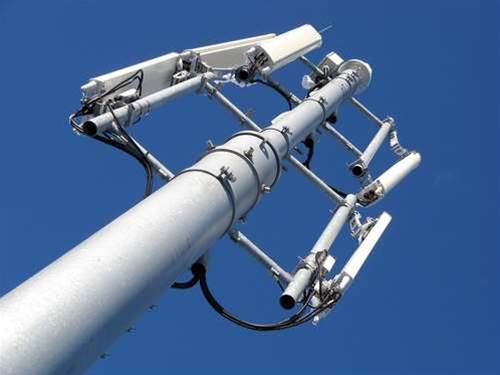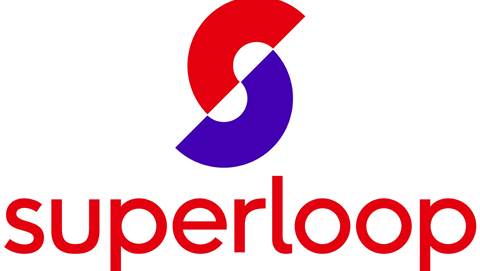Only one out of every ten mobile base stations built under the first round of the mobile blackspots scheme is likely to host antennas from more than one telco, it has been revealed.

iTnews can reveal that Telstra received just 18 expressions of interest for equipment co-location on its 429 round one base stations.
By contrast, Vodafone – which was the only other telco to win a slice of the first round of funding – is “progressing” co-location at 43 of the 70 towers it deployed, a co-location rate of over 60 percent.
The numbers mean Telstra is likely to share just four percent of its federally-funded towers with a second carrier.
The raw numbers appear to add significant weight to accusations levelled by Vodafone – and strongly refuted by Telstra – about issues when trying to co-locate equipment on towers that had been built by its rivals under the blackspots scheme.
Telstra at the time called the allegations “highly unusual” and countered that it had “enabled co-location on 97 percent of the applications we’ve received to design and construct” over the past decade.
A Telstra spokesperson told iTnews that the 18 applications to co-locate on its round one infrastructure were from "one other mobile network operator".
"We offered all mobile network operators the ability to co-locate on a mobile black spot tower and how many they applied for was a matter for them," the spokesperson said.
"The mobile black spot program is guided by clear rules on co-location and we will continue to offer other network operators the opportunity to use space on our mobile base stations to install their own equipment and offer services to their customers."
Telstra said it was also looking to co-locate equipment "on a large number of sites that were allocated to other carriers ... in addition to our 577 locations" won under rounds one and two of the mobile black spot program.
Vodafone Australia's chief strategy officer Dan Lloyd maintained its experience trying to co-locate equipment on rival towers left room for "substantial" improvement.
"The joint objectives of the [blackspots] program are to increase competition and coverage in regional Australia, but despite the best intentions of government, the program is not always delivering the best outcomes for consumers," Lloyd said.
"The spirit of the program is one of collaboration, and while we have been enthusiastically offering co-location on our sites, we have encountered artificial barriers when seeking co-location.
"We find it extraordinary that a company which is claiming it is possible for others to invest in regional Australia is doing everything it can to raise barriers to that investment, especially when taxpayers have paid for it."
Similar co-location numbers for round two of the blackspots scheme will not be known until later this year.
Mobile carriers are yet to exhaust a five-month window in which to “nominate and negotiate co-location agreements for funded base stations”, according to a Department of Communications official.
Vodafone recently spent months lobbying the federal government in a bid to force Telstra - and others - to allow rivals to roam on the regional portions of their networks.
However, a draft decision by regulators has ruled against the proposal.
Some NBN sharing
What is known is that 34 of the 266 base stations to be funded under round two of the scheme are “expected” to reuse NBN fixed wireless towers, which is likely to significantly cut deployment costs.
Until now there has been little co-location of mobile equipment on NBN towers, owing to their obscure locations servicing regional and rural premises.
Also revealed today was the percentage of the tab that the government picked up in round one of the scheme.
Telstra landed 80 percent of the base station’s contract value from the government subsidy, while Vodafone had 70 percent of its costs met.
In addition the carriers both received “initial mobilisation payments” to kick off their respective rollouts, and will receive a nominal amount once the deployments are complete.




















